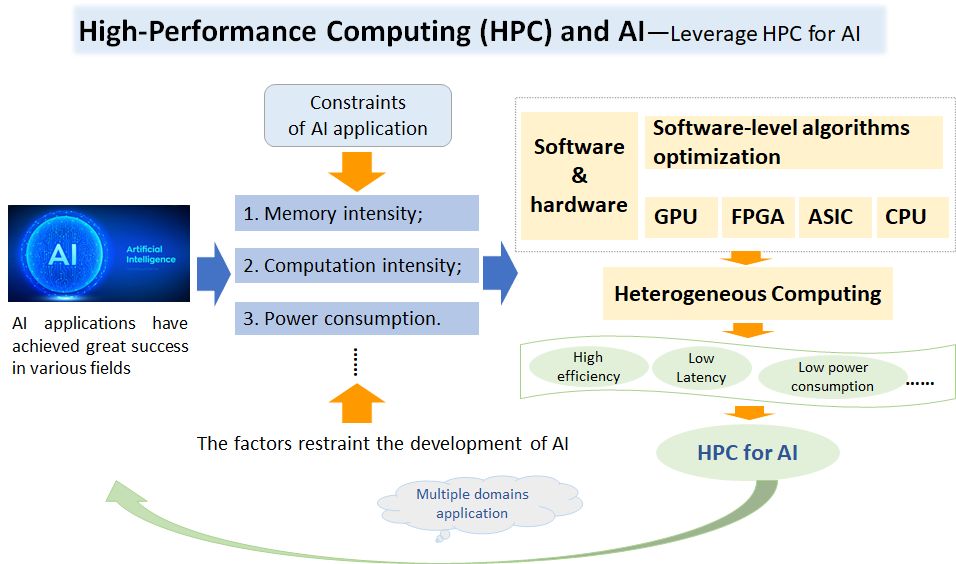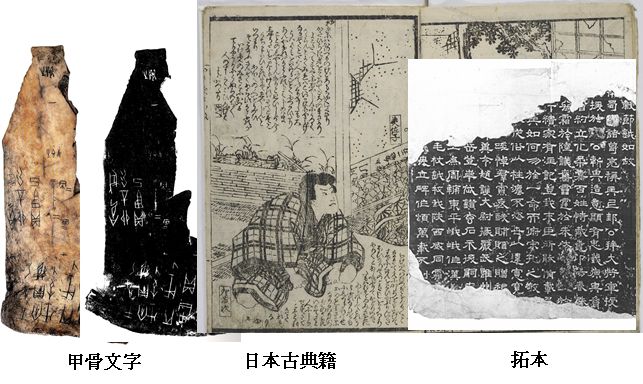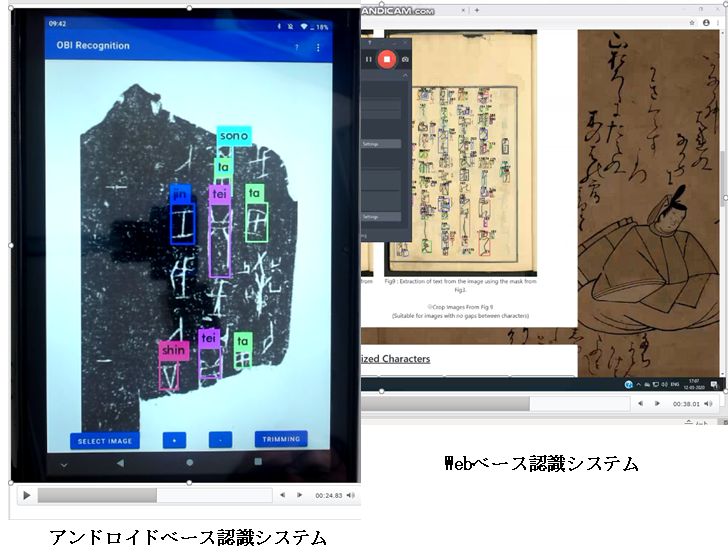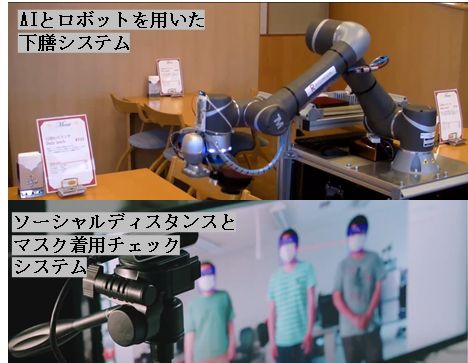Our laboratory aims to contribute to the preservation of cultural heritage and the advancement of industry and society. We achieve this by leveraging core technologies in computer architecture and high-performance computing, together with advanced methods in artificial intelligence (AI), the Internet of Things (IoT), and big data analysis. In recent years, we have been actively exploring interdisciplinary research that combines AI with a wide range of practical applications. These include ancient document restoration, anomaly detection, 4D printing, time-series forecasting, smart agriculture using edge computing, and bioengineering. Our projects span both software and hardware development, covering the full pipeline from system design to real-world deployment. Main Research Interests : Hardware: Computer Architecture, Parallel Processing, FPGA, FPGA-DPU, Embedded system(Raspberry pi, Jetson) Software: AI(Deep Learning), Machine Learning, Image Processing, Big Data Analysis Members: 13 Ph.D. students, 16 master students, and 11 undergraduate students
Contact and Location Laboratory location: the 1st floor of ROHM Plaza, Intelligent High Performance Computing Laboratory Email: menglin@fc.ritsumei.ac.jp

AI + High-Performance Computing(AIHPC)
The research focuses on designing high-performance computing architectures, especially Deep Learning, by hardware platforms such as FPGA. Deep learning (AI) has been wildly used in various fields. However, the large amount of calculations limits the application, especially in the limited resource experiments. This research topic aims to optimize AI models and improve the performance on both software-level and hardware-level.

AI+ cultural heritage re-organization and protection
The research aims to reorganize and protect the cultural heritage by utilizing the techniques including AI, image processing, and big data analysis. Generally, we first challenge to implement the automatic extraction and recognition of ancient characters such as skeletal characters, Oracle characters, Rubbing text, and kuzushiji characters by deep learning and image processing. Then, we create a spatiotemporal database for re-organizing ancient literature, and extract the potential knowledge the ancient literature by big data analysis techniques.

AI + IoT (AIoT)
The research aims to realize the accessible AI for the realization the safe-comfortable-convince life whenever and wherever. In detail, a compact embedded device is applied as an edge device, and data can be obtained conveniently. The edge device also undertakes the light procedure and transforms the data to a server for the further processing. In this way, the IoT brings the crawls to AI. Then, the AI can detect and recognize objects regardless of time and place.
AI + Indestry
These research aims to realize AI applications in various industries.